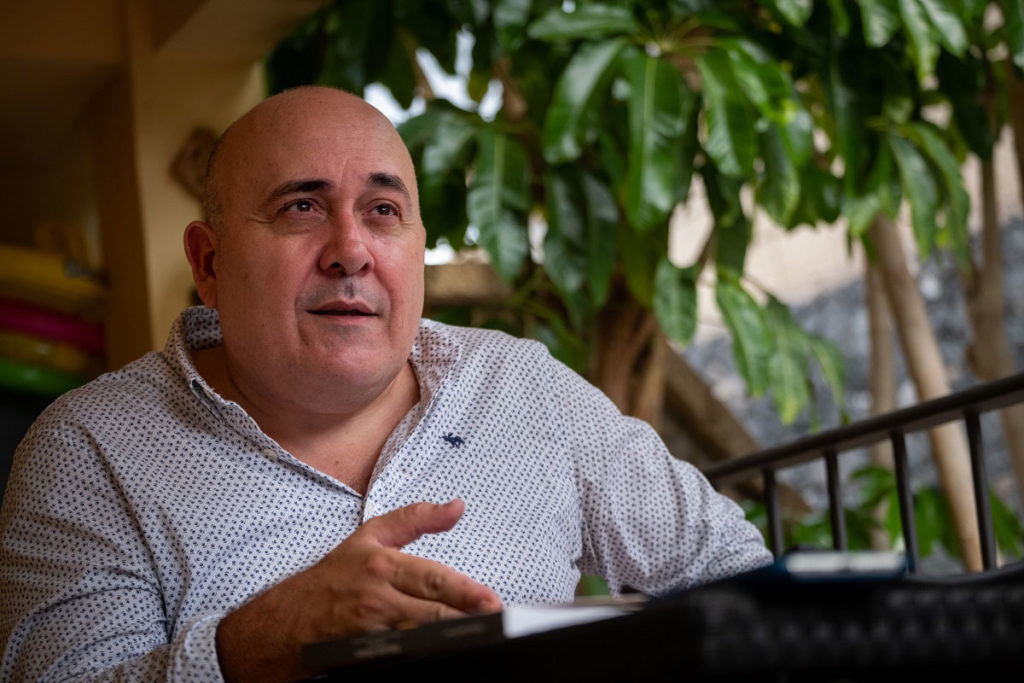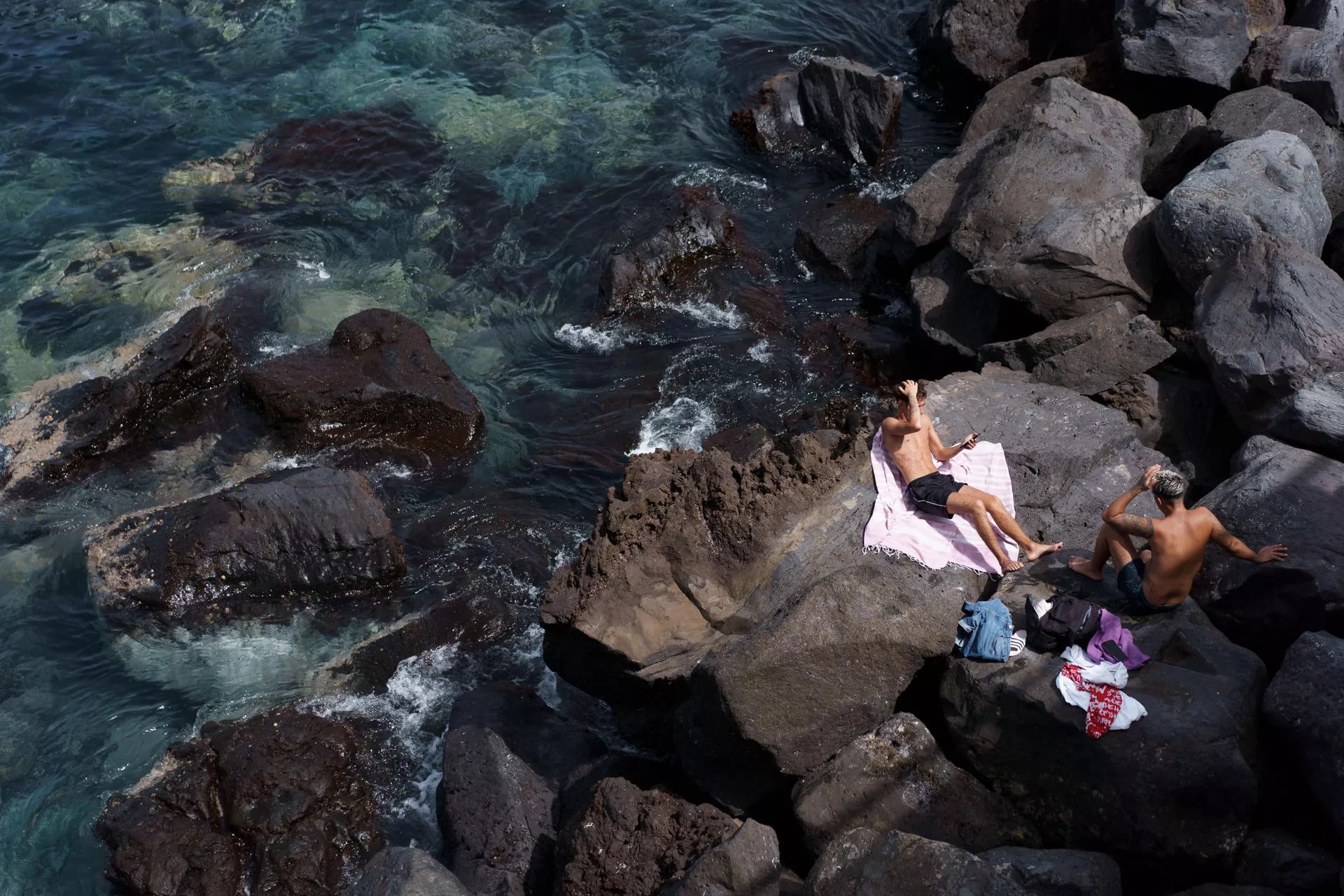For millennia, El Roque del Conde has stood as a silent witness to the evolution of the southern region. Rising majestically to a height of around 1,000 meters, this mountain has been a symbol of pride and resilience for the inhabitants of Adeje, Arona, and Granadilla de Abona. Its name pays homage to Juan Bautista de Herrera y de Ponte Ayala y Rojas, the III Marquis of Adeje and VIII Count of La Gomera. Long ago, it was known to the Guanche natives as Ayyo or Ayo.
Many perceive this rock as a symbol of strength and defiance. In unofficial circles, it earned the moniker “El Roque de Ichasagua” after the publication of the book Historia del pueblo guanche by Juan Bethencourt Alfonso in 1991. This work recounts the legend of Mencey Ichasagua, the leader of the Guanche resistance against the Castilians in the south of Tenerife.
El Roque del Conde is a prominent feature of the Southern landscape, with its unique shape and towering presence making it a distinctive volcanic formation in the region. Visitors can explore its rugged terrain and vertical cliffs, offering a truly unforgettable experience.
The Last Stand of the Guanches
While historians mark the end of the Castilian invasion of Tenerife around 1496, conflicts persisted until 1520, particularly intensifying in 1502. Despite the conquest, some Guanche rebels continued to resist the Spanish forces by seeking refuge in the southern reaches of the island, particularly at El Roque del Conde. Here, they regrouped and strategized, leveraging the mountain’s natural defenses and vantage points against their adversaries.
According to accounts, the rebels elected Ichasagua as the new mencey of Adeje, making him the supposed “last Guanche king in history.” Described as a fierce warrior with keen insight by Bethencourt Alfonso, Ichasagua hailed from the noble lineage of Adeje and refused to surrender to the Castilians. Betrayed by his advisors who secretly negotiated with the Spanish, Ichasagua met his tragic end at the hands of betrayal.
Alonso Fernández de Lugo, the Castilian commander leading the conquest of Tenerife, enlisted the support of Flemish mercenaries to quell the resistance at El Roque del Conde. In a final confrontation at Llano del Rey, Arona, Ichasagua discovered the treachery and chose to end his own life, marking the demise of the “last Guanche king.” To this day, local legends speak of vengeful spirits haunting the area, seeking retribution for Ichasagua’s betrayal.


Debunking the Myth
Historian Nelson Díaz Frías challenges the Guanche legend of the last Mencey in his work El Alzado Guanche Ichasagua, disputing its authenticity. While a land transfer document from 1502 mentions the name Ichasagua, Díaz contends that Bethencourt Afonso misinterpreted this reference.
Díaz asserts that the existence of Ichasagua is solely based on this document, which identifies a location rather than an individual. He questions the historical evidence supporting Ichasagua’s existence, likening it to legendary figures like Pelayo. According to Díaz, the Guanche resistance post-1496 was minimal and did not pose a significant threat to the Castilian dominance.
Highlighting discrepancies in the Ichasagua legend, Díaz emphasises that the renaming of Roque del Conde to Ichasagua lacks official validation. He attributes this fictitious renaming to nationalist agendas, stating that the mountain was historically known by other names like Ayyo or Ayo. Díaz concludes that the narrative surrounding Ichasagua is more myth than reality, with little concrete evidence to support its historicity.















